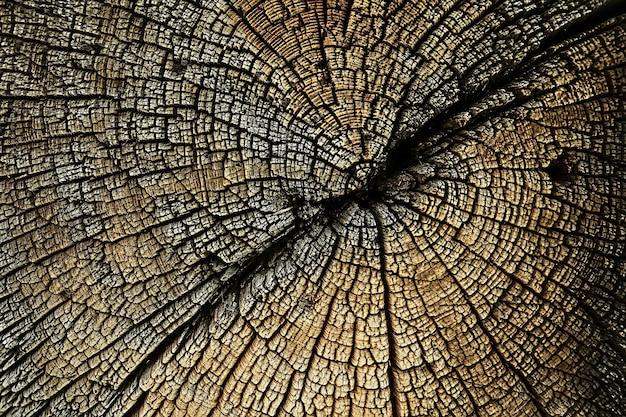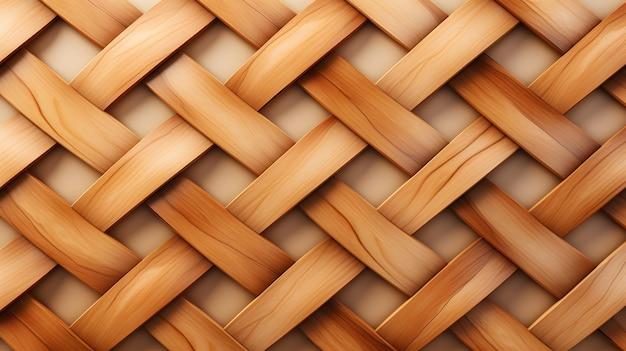Have you ever wondered what makes a painting or sculpture feel so lifelike and tangible? It’s all about the texture! In the world of art, texture refers to the surface quality of an artwork that can be seen and felt. So, what exactly is actual texture in art, and why is it so important?
Actual texture, also known as real texture, is the physical quality of a surface that can be experienced through touch. It is the result of an artist using various materials and techniques to create a three-dimensional effect on a two-dimensional canvas. By adding layers, using brushstrokes, or incorporating different mediums, artists are able to make their artwork come alive with a sensation of texture.
In this blog post, we will dive deep into the concept of actual texture in art. We will explore the differences between actual texture and visual texture, the importance of tactile texture, and how actual texture adds depth to an artist’s work. Join us on this journey through the realm of textures in art to discover the fascinating world of physical sensations and visual delights!
What Is Actual Texture In Art
In the world of art, texture is like adding that extra sprinkle of magic that brings a piece to life. It’s like the beautiful whipped cream on top of your hot cocoa – it’s not necessary, but it sure does make it more delightful. Now, when it comes to texture in art, there are two types to consider: actual texture and visual texture. In this subsection, we’ll focus on the former and dive deep into what actual texture in art is all about.
Feeling the Art
Actual texture in art is all about the physicality of a piece. It’s like that time you reached out to touch a painting in a museum and got scolded by the security guard (oops!). Actual texture adds that tactile element to an artwork, making it an interactive experience for both your eyes and hands. It’s the difference between seeing a picture of a fluffy kitten and actually cuddling one. You can’t help but want to run your fingers over the captivating textures in a piece.
The Tools of the Trade
Artists have a whole arsenal of tricks up their sleeves to create actual texture. Whether they’re using brushes, palette knives, or even their own hands, they’re on a mission to transform a flat surface into a textured wonderland. From the smooth strokes of a brush to the bold impasto technique where paint is applied thickly and stands out from the canvas like a 3D sculpture, artists use various methods to manipulate materials and create intriguing textures.
Medium Matters
Different art mediums lend themselves to different textures. For example, let’s talk about painting. With paint, artists can achieve a vast array of textures. Oil paints can be seamlessly blended to create smooth, buttery surfaces, while acrylic paints can be built up layer by layer to create texture that pops. On the other hand, sculptures allow artists to go all out in the texture department. They can shape, sculpt, and mold materials to create surfaces that practically beg to be touched.
Texture’s Effect on the Viewer
Now, why should we care about actual texture in art? Well, besides adding whimsy and intrigue, texture can also evoke certain emotions. Imagine running your hands over a jagged, rough surface in a painting. You might feel a sense of ruggedness or rawness, eliciting a primal response. Smooth, silky textures, on the other hand, can bring about feelings of calmness and serenity. Texture has the power to transport us to different emotional realms, all through the tips of our fingers.
The Timeless Appeal
Artists have been using actual texture for centuries, and it’s not going away anytime soon. Just like those flowy boho dresses that keep coming back in style, actual texture in art is a classic. It adds depth and intrigue, making a piece stand out from the rest. So the next time you’re at an art gallery, take a moment to appreciate the textures that artists have painstakingly created. Maybe carefully touch it with your eyes instead of your hands this time. And remember, it’s all about the actual texture, baby!
FAQ: What Is Actual Texture In Art
What is real or actual texture
Real or actual texture refers to the physical surface quality of an artwork that can be felt when touched. It adds a tangible aspect to the overall visual experience of a piece.
What are the 4 types of texture
The four main types of texture in art are actual texture, visual texture, tactile texture, and implied texture.
Which type of texture can you actually feel
Among the different types of texture, tactile texture is the one that you can actually feel. It allows you to physically experience the variations in the surface and explore the artwork with your sense of touch.
What is another term for real texture
Another term commonly used for real texture is physical texture. It emphasizes the tangible nature of the surface and highlights the sensory experience it offers.
Which artworks best represent actual texture
Artworks that best showcase actual texture are those created using materials that lend themselves to physical manipulation. Examples include sculptures made from clay, woodcarvings, or mixed-media pieces incorporating textured elements like fabric or found objects.
What is the difference between actual texture and visual texture
The key distinction between actual texture and visual texture lies in their physicality. Actual texture refers to the tangible surface quality you can feel, while visual texture refers to the illusion of texture created through artistic techniques like shading or brushwork.
Why is tactile texture important
Tactile texture plays a significant role in art as it adds depth, dimension, and a sensorial element to the viewer’s interaction with the piece. It creates a more immersive experience, inviting the audience to engage both visually and physically with the artwork.
What is the difference between tactile and implied texture
Tactile texture is the actual physical quality of a surface that can be felt, while implied texture is the illusion of texture created through artistic techniques. Tactile texture is tangible, while implied texture is only perceived visually.
What texture is the actual texture of an object
The actual texture of an object refers to the physical qualities found on its surface. It can vary widely depending on the object itself and can include smoothness, roughness, graininess, or any other tactile attribute that can be felt.
Is the most common painting technique that yields actual texture
One of the most common painting techniques that yields actual texture is impasto. This involves applying paint in thick, textured layers, creating a three-dimensional effect on the canvas that can be felt when touched.
What is implied texture in art
Implied texture in art is the illusion of texture that is created by depicting the appearance of a specific surface, material, or texture through artistic techniques such as shading, hatching, or cross-hatching. It gives the viewer a sense of texture without actually having a physical presence.
How does actual texture add to the quality of the artist’s work
Actual texture enriches the quality of an artist’s work by adding a tactile dimension to the visual experience. It allows the viewer to connect on a deeper level, creating a more engaging and interactive relationship with the artwork.
What is the difference between real and implied form
Real form refers to the three-dimensional physical existence of an object or artwork, including its actual texture. In contrast, implied form refers to the illusion of three-dimensionality created through artistic techniques such as perspective or shading, without the physical texture.
How is implied texture different from actual texture
Implied texture is an illusion created through artistic techniques to give the appearance of texture, while actual texture is the physical surface quality of an artwork that can be felt. Implied texture stimulates the visual senses, while actual texture adds a tactile dimension.
What does actual texture mean in art
In art, actual texture refers to the physical surface quality of an artwork that can be touched and felt, creating a more immersive and sensory experience for the viewer.
What are two different types of texture
Two different types of texture in art are actual texture and visual texture. Actual texture refers to the physical quality that can be felt, while visual texture creates the illusion of texture through artistic techniques.
What is actual painting
Actual painting refers to the creation of artwork with a focus on physical texture and materiality. It involves using techniques and materials that produce tangible variations in the surface, adding depth and richness to the piece.
How do you describe texture
Texture can be described as the physical quality of a surface, including the tangible attributes that can be felt or visually perceived. It encompasses properties such as smoothness, roughness, softness, hardness, or any distinct surface characteristic.
What texture does art add
Art adds texture by incorporating various materials and techniques that create surface variations. The choice of materials, application methods, and artistic tools contribute to the tactile and visual qualities that enhance the overall texture of the artwork.
What are some examples of texture in art
Examples of texture in art include the raised brushstrokes in an impasto painting, the rough and grainy surface of a wood carving, the smooth and polished finish of a sculpture, or the intricate patterns of a textile artwork.
How do you make real texture in art
Real texture in art can be achieved through various techniques. Artists can use materials like modeling paste, collage elements, or even unconventional items like sand or fabric to build up layers and create physical texture on the surface of their artwork.
How do you identify texture in art
Texture in art can be identified by visually observing the surface of an artwork and noting any variations, patterns, or distinct qualities that can be seen or felt. Engaging with the artwork through touch can also provide a tactile understanding of its texture.
What are the elements of texture
The elements of texture in art include actual texture, visual texture, tactile texture, and implied texture. Each element contributes to the overall texture of an artwork, creating a multi-dimensional and engaging experience for the viewer.

